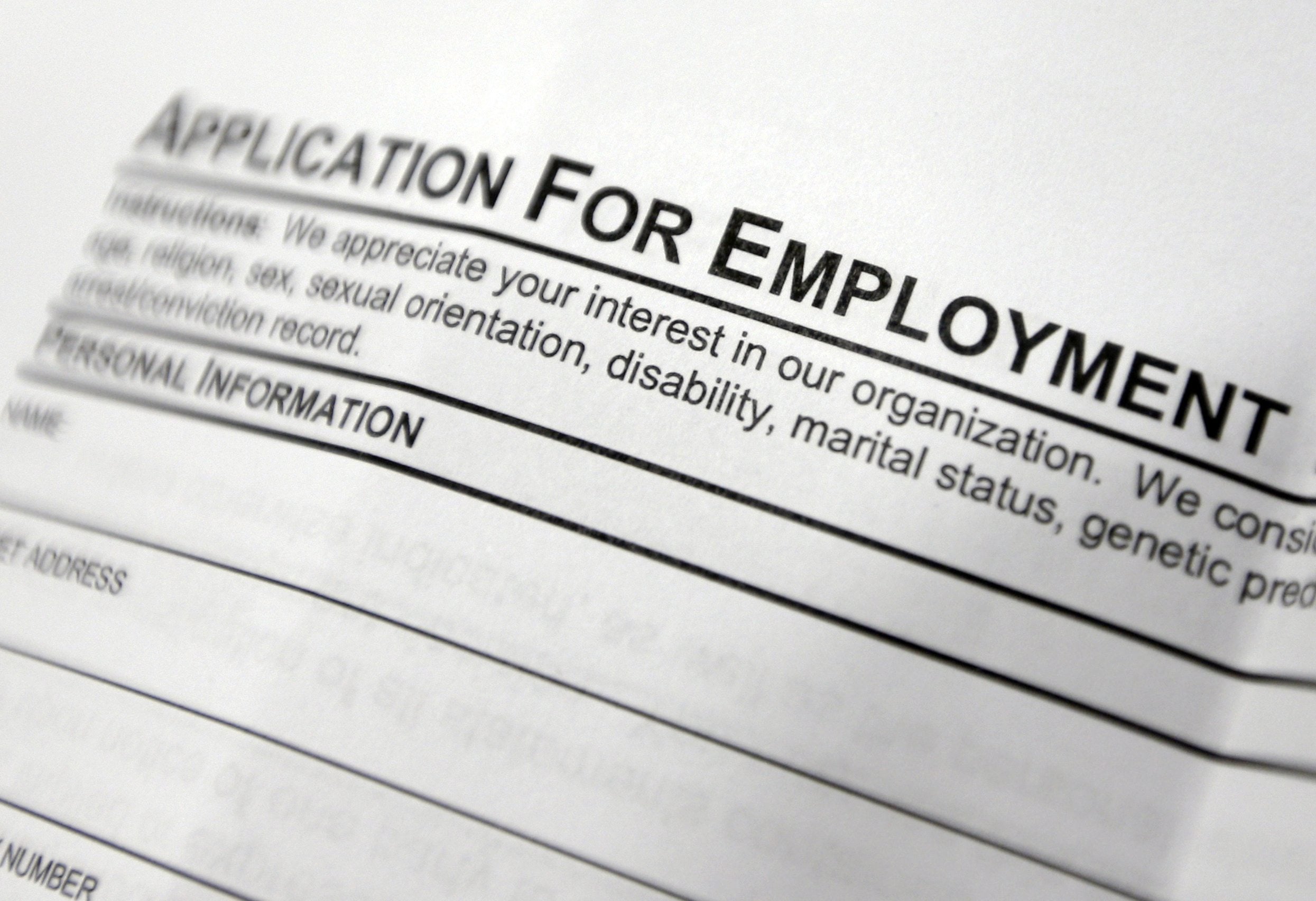WASHINGTON — Consider looking past January’s so-so job growth.
At first glance, Friday’s government report on U.S. hiring was a downer — 151,000 added jobs, well below the pace of the previous few months.
Yet once you take a fuller view, a brighter picture of the job market emerges: A sub-5 percent unemployment rate. Healthy pay raises. And a stream of people who grew confident enough in the job market to start looking for work.
“The January report is a solid report in disguise,” said Douglas Holtz-Eakin, a former director of the Congressional Budget Office and president of the conservative American Action Forum.
That seems especially true given that the job gains come at a delicate time for the U.S. economy. Analysts have warned that the economy faces a growing risk of another recession within a year or two after having recovered only gradually from the Great Recession. Economic weakness overseas and reeling financial markets have slowed growth and squeezed manufacturers.
Last month’s pay raises and the addition of retail jobs suggest that consumers have the resilience to bolster growth. Average hourly wages have jumped 2.5 percent over the past 12 months, evidence that years of steady job growth are finally helping generate pay raises for more Americans.
The strong fundamentals in the jobs report could make the Federal Reserve somewhat more likely to raise rates again this year — a prospect that likely contributed to a sharp sell-off in stocks. The Dow Jones industrial average tumbled 211 points or about 1.3 percent.
“The wage numbers were the most encouraging bit of news all around,” said Carl Tannenbaum, chief economist at Northern Trust.
Tannenbaum said the figures gave him “extra comfort that the expansion wasn’t sliding toward an untimely conclusion.”
With the unemployment rate now 4.9 percent — its lowest level since 2008 — many workers have managed to gain raises because their employers have had to offer better incentives to compete for talent. The unemployment rate dipped in January even though a sizable 502,000 more people began hunting for jobs.
That reversed a trend in which the unemployment rate had been dropping for a discouraging reason: Jobseekers had stopped looking for work and were no longer counted as unemployed.
Wage growth is a crucial indicator for the Fed, which is weighing whether to raise interest rates in the face of global risks that could imperil broader economic growth. The Fed wants to see earnings accelerate after years of sluggish gains.
In December, the Fed boosted rates from record lows. But investors have largely dismissed the likelihood of a rate hike at the next Fed meeting in March. The January jobs report, with a slowdown in job growth but a pickup in wages, complicates the outlook for the Fed.
“Nobody really knows what to do with this jobs report — and ultimately for the Fed it may not matter because we’ll get another jobs report before the March meeting,” said Megan Greene, chief economist at Manulife Asset Management.
January’s hiring, though modest, followed robust job growth of a seasonally adjusted 280,000 in November and 262,000 in December. Last month, companies shed education, transportation and temporary workers but stepped up hiring in manufacturing, retail and food services.



